Huawei's Mate 10 Pro Chauffeured Me Around in a Self-Driving Car
Huawei isn't building autonomous vehicles, but its Mate 10 Pro is smart enough to detect obstacles and tell a car to steer around them.
I slid into the luxurious passenger seat of a Porsche Panamera. In front of me, Huawei’s latest Mate 10 Pro flagship smartphone was mounted to the center dash.
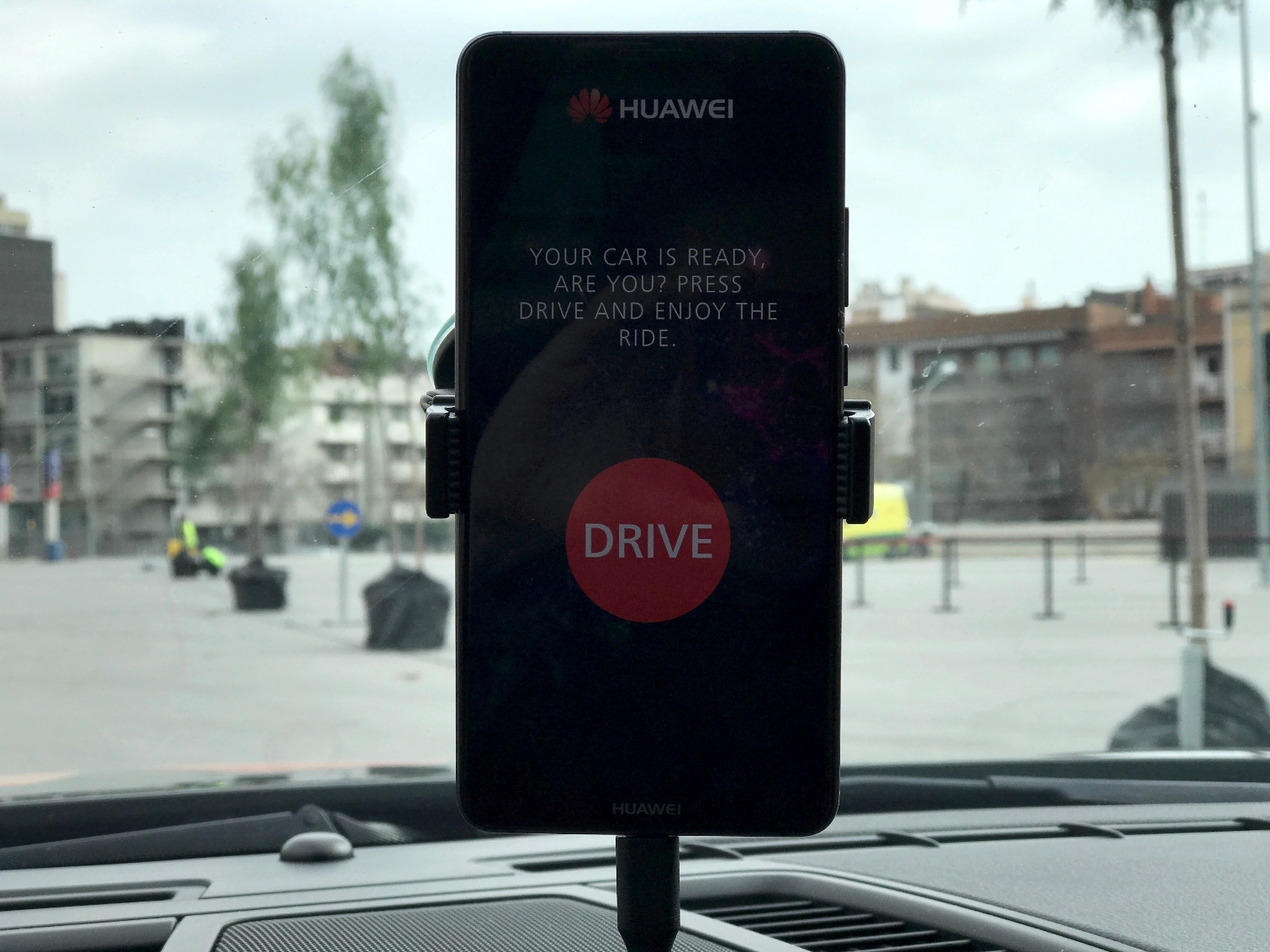
“All you have to do is press ‘Drive,’” a Huawei representative told me.
Huawei had set up shop in FC Barcelona's Camp Nou stadium parking lot, minutes away from the main Mobile World Congress action, to show off the processing power of its smartphone. The company isn’t actually getting into the fiercely competitive autonomous-vehicle business. Instead, Huawei is inviting the world to experiment with its smartphone and find new ways to test its neural processing network.
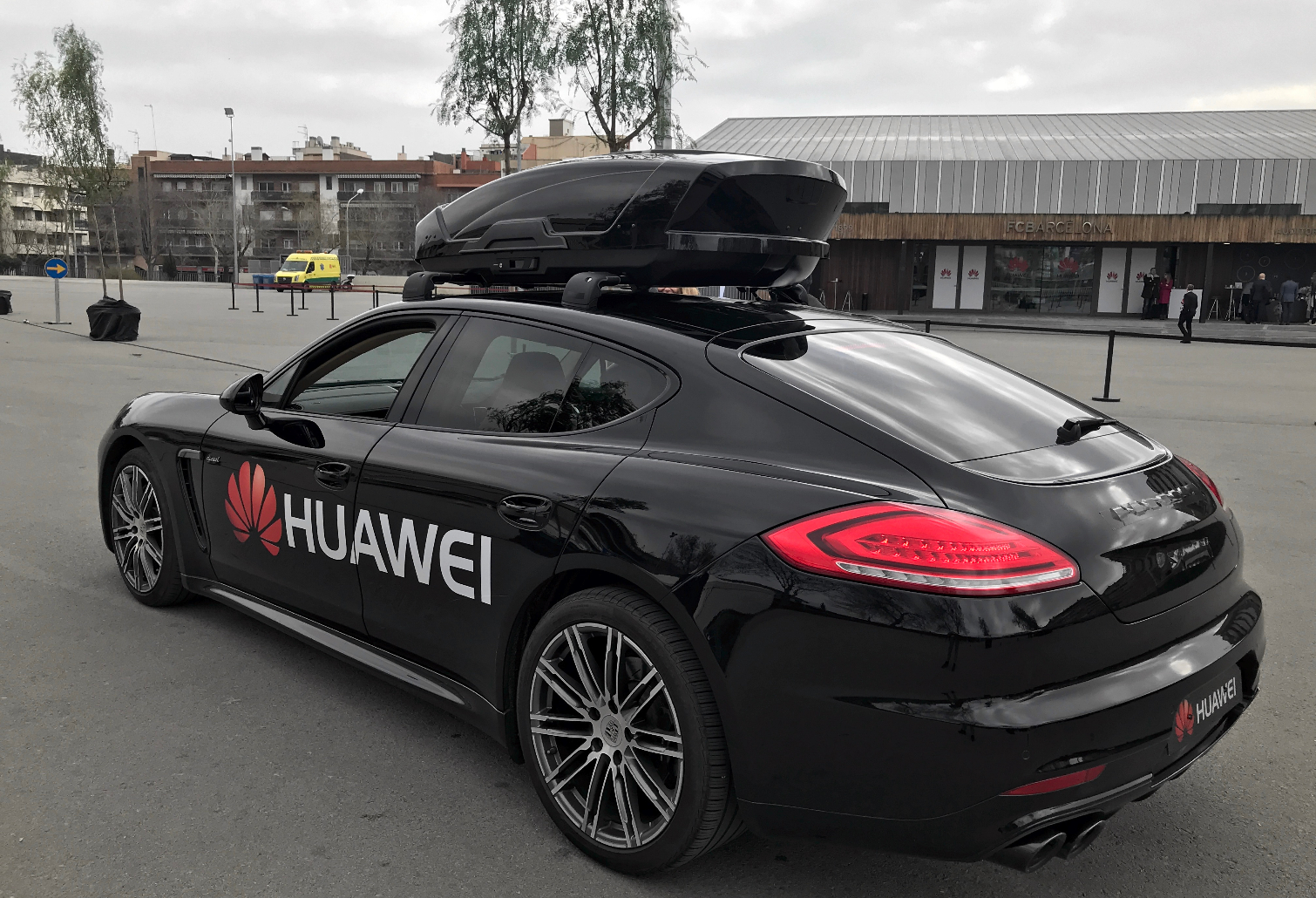
Taking the Mate 10 Pro for a Spin
We loved the Mate 10 Pro’s camera, which detects objects and optimizes your camera settings for specific scenes to shoot the best possible photo. The self-driving Porsche was using the same smartphone camera, powered by the same artificial intelligence, to scan the Camp Nou parking lot for objects and react accordingly by either steering around them or braking.
“It’s literally the eyes and brain of the driverless car,” said Peter Gauden, Huawei’s global senior product marketing manager.
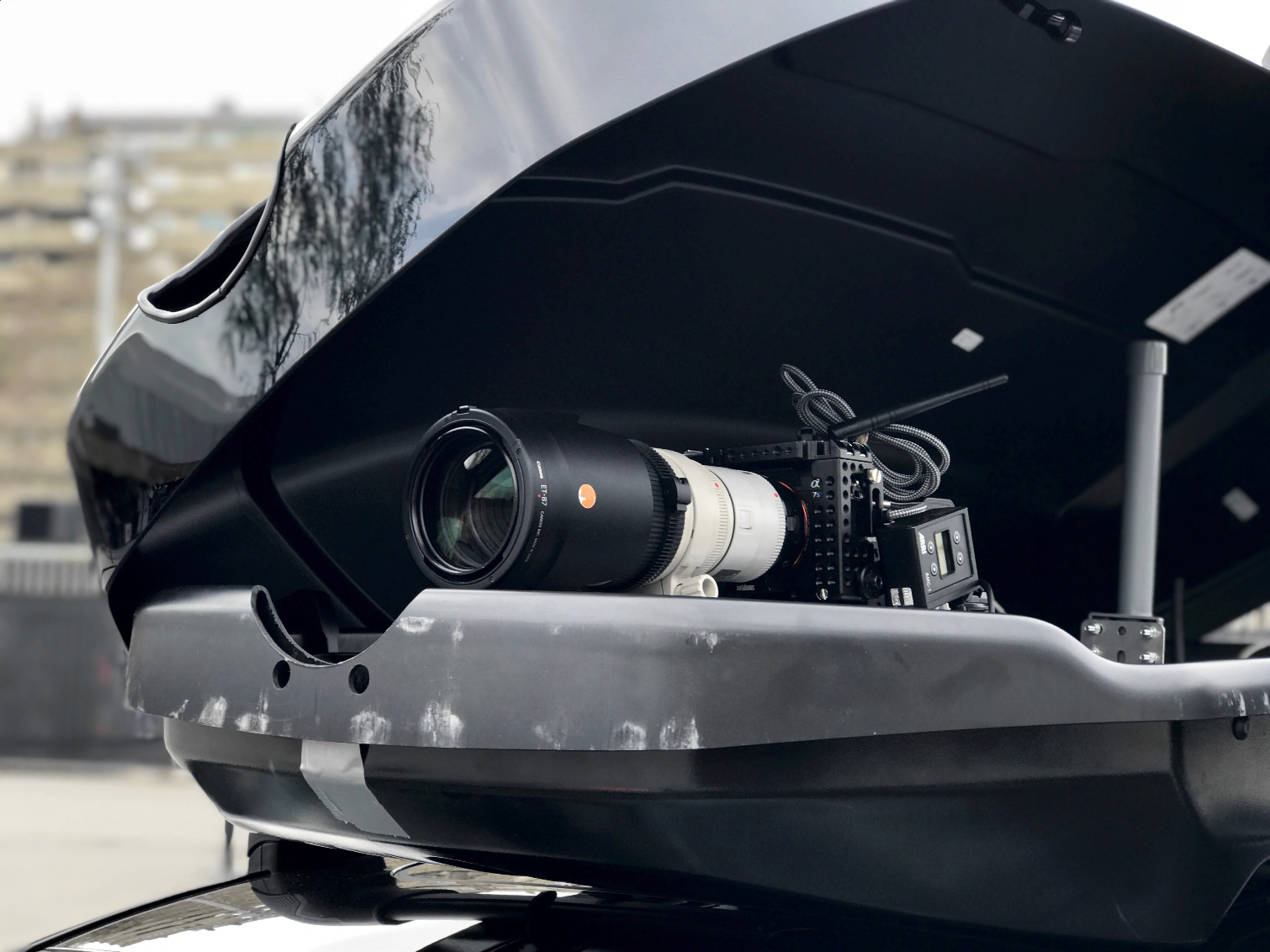
The Mate 10 Pro’s artificial intelligence recognizes 100 million different images, and the camera is optimized for 13 scenes, including faces, flowers and food. Huawei mounted a camera to the top of the Porsche Panamera, which was then wired to the Mate 10 Pro inside the car. Using the camera’s video stream, the Mate 10 Pro’s neural processing unit built into its Kirin 970 chip interpreted the image data and issued commands to the Panamera’s robotics system. All of this happens on the device itself, with no network connectivity required.
Sign up to get the BEST of Tom's Guide direct to your inbox.
Get instant access to breaking news, the hottest reviews, great deals and helpful tips.
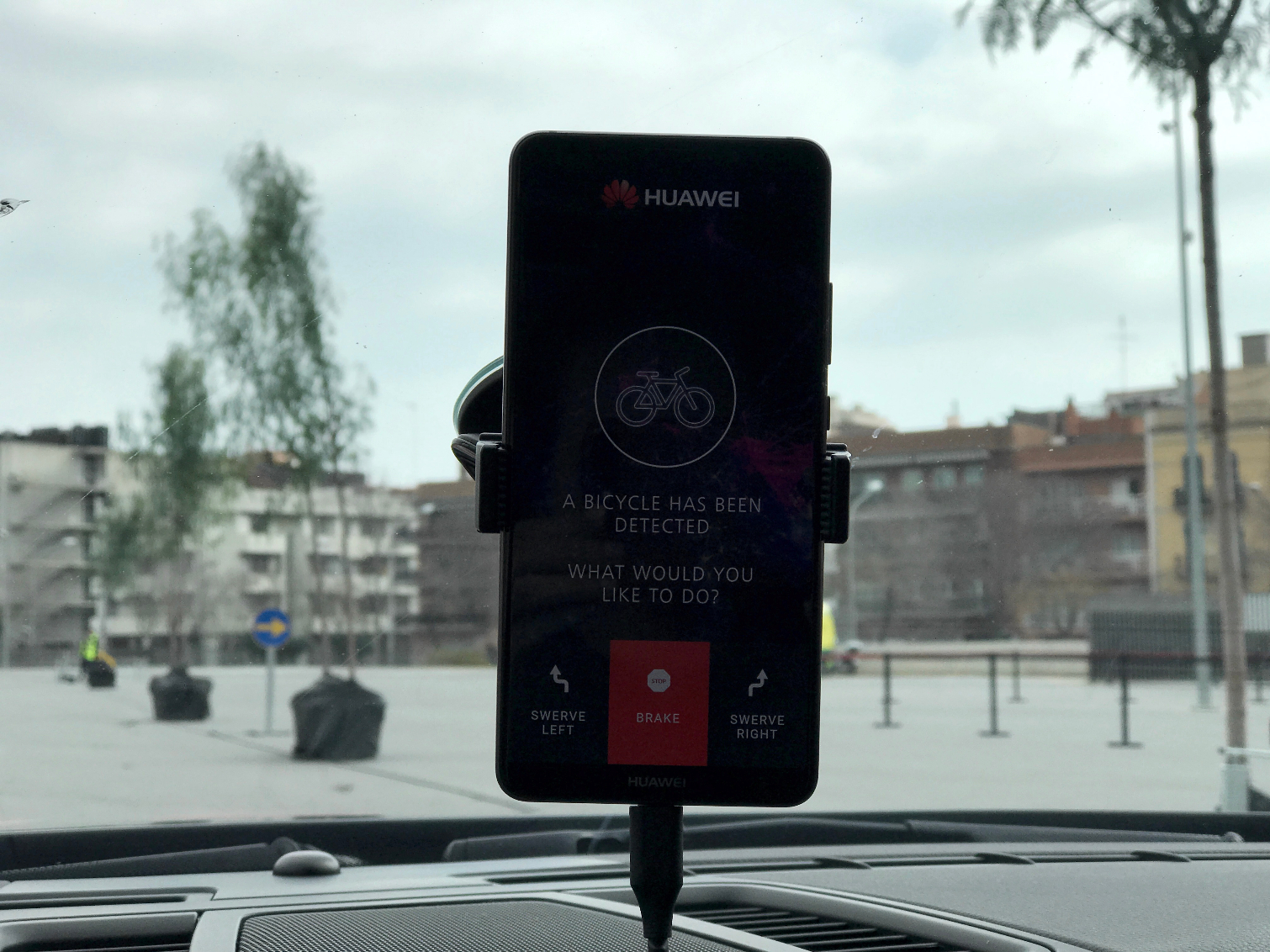
In a 5-mile-per-hour test drive, I cruised through the parking lot as Huawei representatives held cardboard cut-outs of objects, including a dog, a soccer ball and a bicycle, in front of the car’s camera. Those images weren’t already in this Mate 10 Pro’s database for the purposes of the test.
After the Mate 10 Pro detected the images and categorized them, the phone asked me how I wanted the car to react when those objects were detected again. Driving straight through them was not an option, so I chose to swerve right when a bike popped up in front of the Porsche, left for a soccer ball, and a hard brake for the puppy (obviously). I didn’t know which cut-out the Huawei reps would choose, and neither did the car.
I shifted the Porsche into drive and tapped Drive on the Mate 10 Pro screen for our second test run. This time, the Mate 10 Pro knew what it was looking for and would steer the car accordingly.
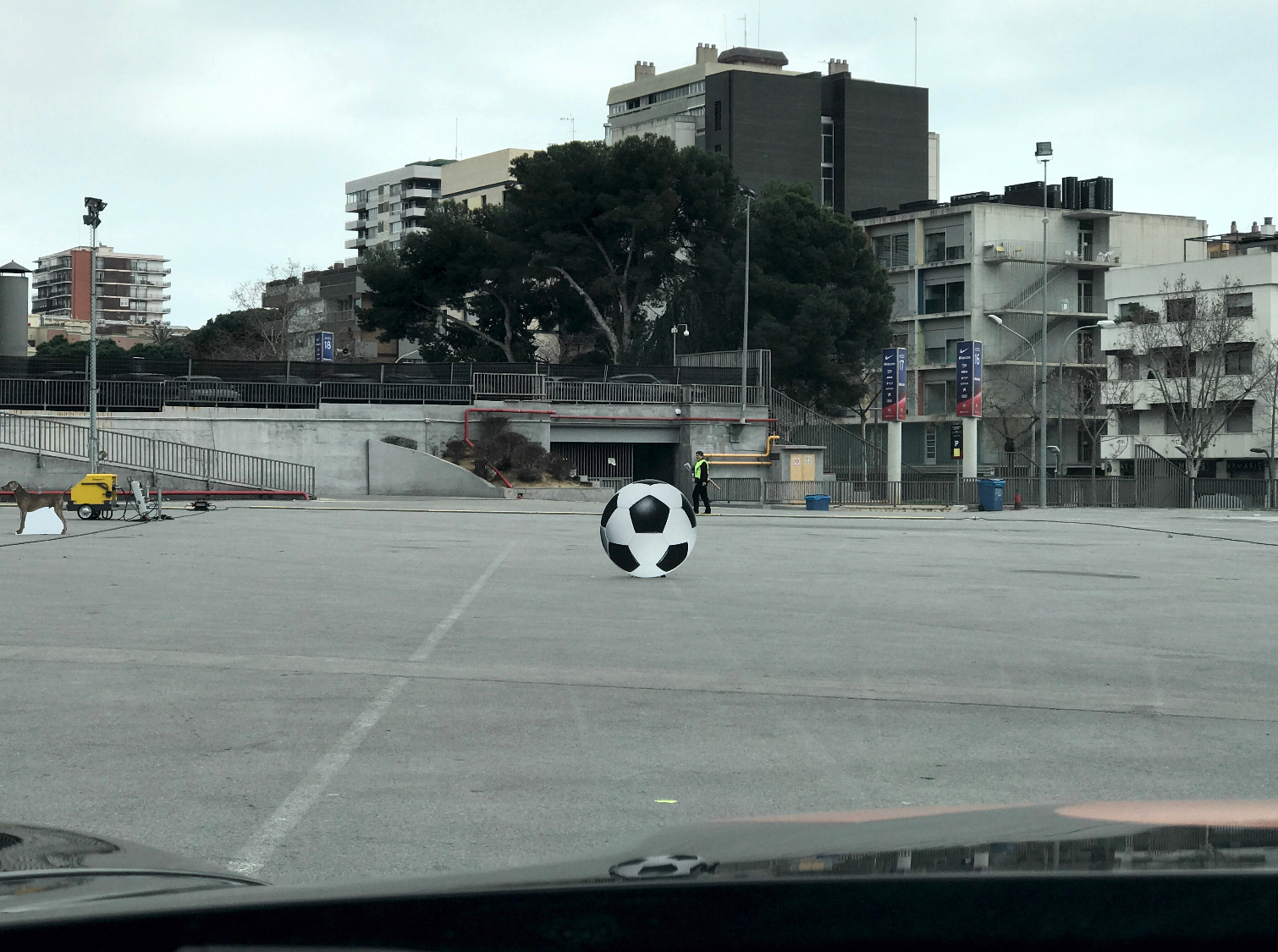
The Panamera shifted into high gear and the engine roared as we sped up to 30mph (the max for this test for insurance reasons, sadly). A cut-out of a soccer ball popped up in the middle of the road, and before I knew it the car was steering left, cutting a wide berth around the ball. I felt a rush of adrenaline and a tiny bit of fear as we raced toward the ball, and a wave of relief as we maneuvered around it.
“This was a challenge to ourselves and a challenge to everyone else, to say, ‘We powered a Porsche Panamera with a Mate 10 Pro in five weeks,’” Gauden said. “What else is possible using artificial intelligence and the power of a smartphone?”
To build this demonstration unit, Huawei worked with a company called Curve, which outfitted the Porsche with robotics and developed the app that I used to choose the car’s response to various objects. While Huawei has no plans to get into the car business, it hopes developers like Curve take advantage of the Mate 10 Pro in more adventurous ways.
Experiments like this illustrate what artificial intelligence, robotics and mobile devices are capable of when working in tandem, and I can't lie: It was damn cool.
Caitlin is a Senior editor for Gizmodo. She has also worked on Tom's Guide, Macworld, PCWorld and the Las Vegas Review-Journal. When she's not testing out the latest devices, you can find her running around the streets of Los Angeles, putting in morning miles or searching for the best tacos.
